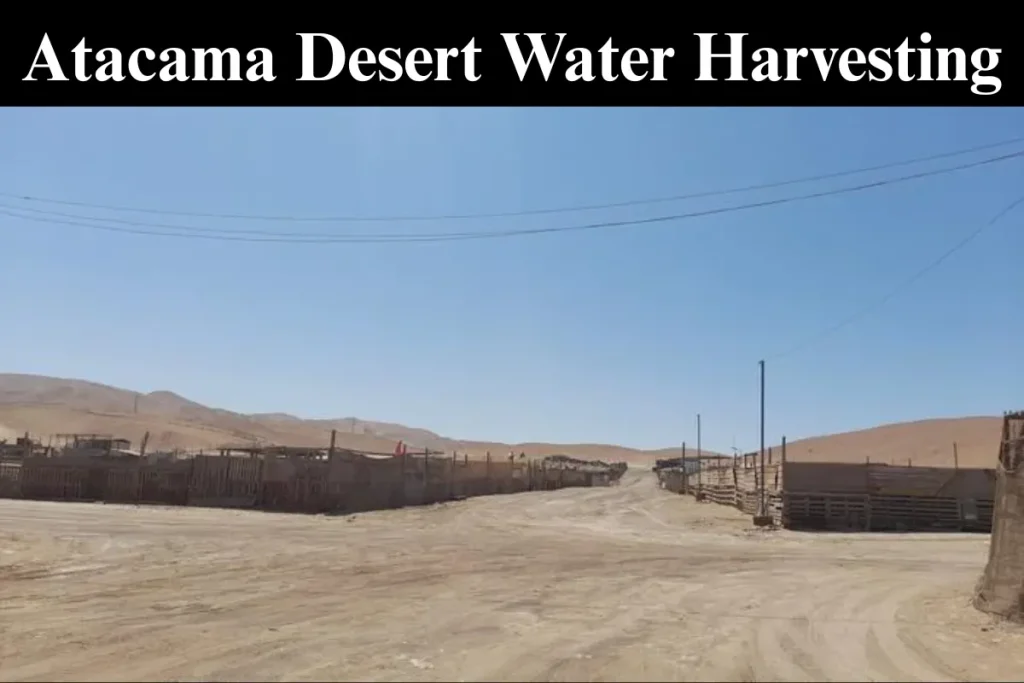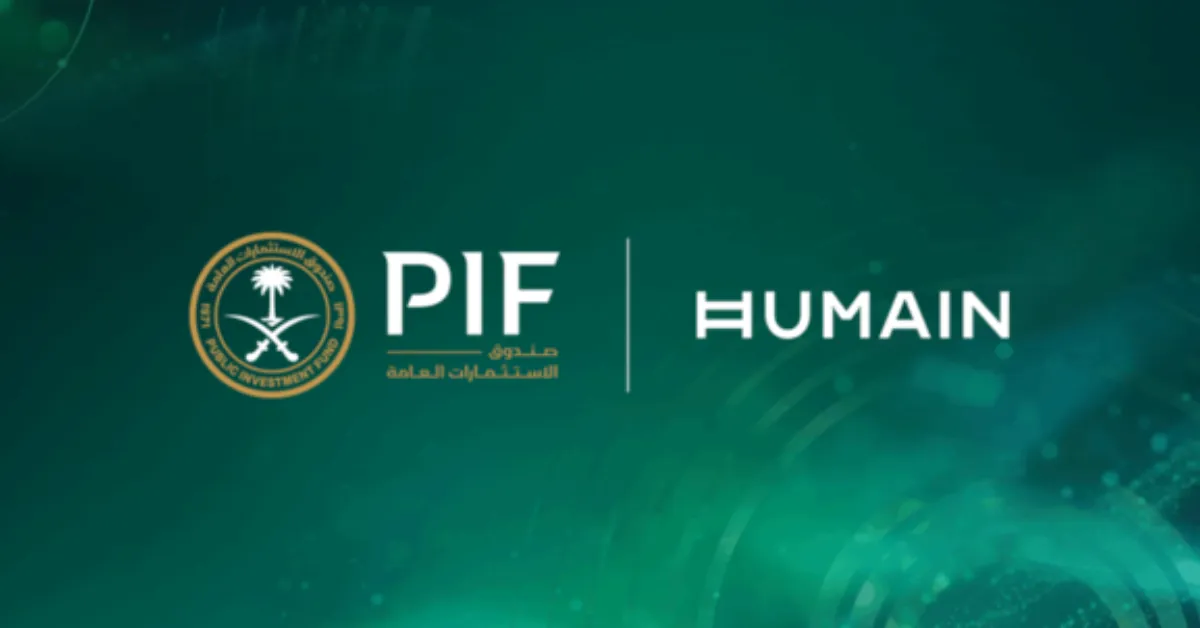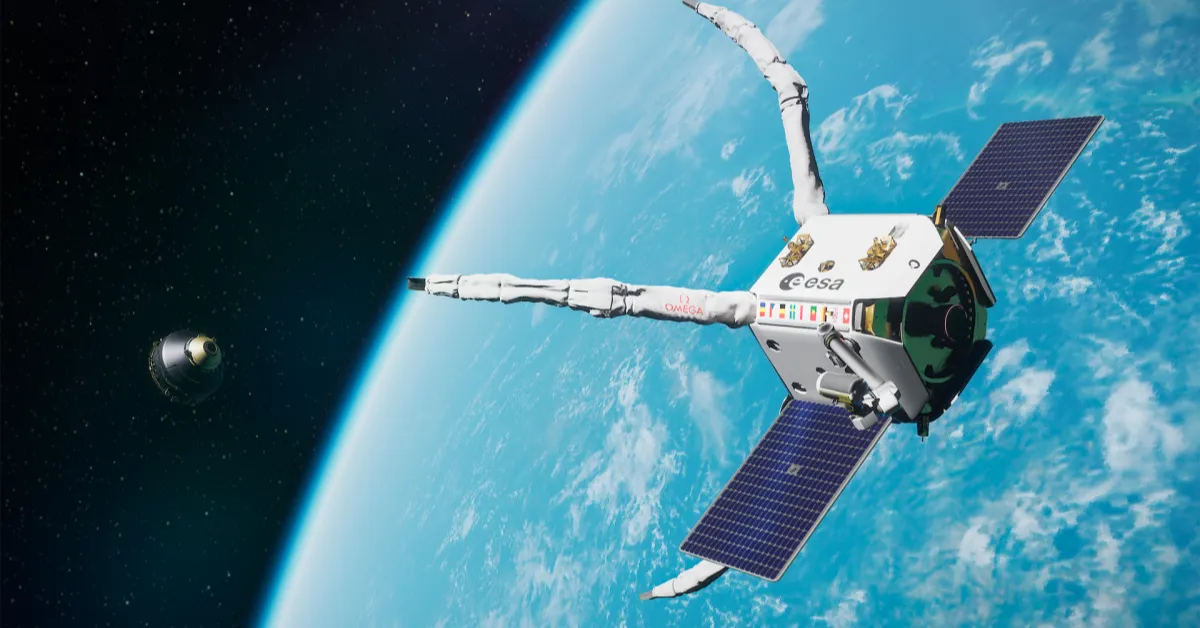Pulling Water from Thin Air | A Breakthrough in the Atacama Desert

Scientists in the Atacama Desert, one of the driest places on Earth, have developed a groundbreaking method to harvest water from thin air using advanced hydrogel technology. The innovation utilizes polyacrylamide polymers and lithium chloride, extracting up to two liters daily even in low humidity. This breakthrough is crucial in regions facing water scarcity, much like how financial experts assess the probability of default in economic systems to mitigate risks.
For efficient water collection, accurate data validation is essential. Similar to data verification and validation techniques used in space debris tracking, researchers ensure precise monitoring of atmospheric moisture levels. The hydrogel’s optimized thickness and airflow accelerate absorption, comparable to fiber optic color coding, where precision determines efficiency.
Before deploying these systems, environmental assessments play a key role, much like conducting a site survey for infrastructure projects. Engineers must evaluate climate conditions to maximize effectiveness, ensuring long-term viability in extreme environments. Performance monitoring through performance management strategies also ensures the reliability of water extraction technology.
Securing funding for such innovations often falls under high-ticket sales, requiring investors to assess viability before committing resources. To scale adoption, channel marketing strategies are essential, promoting water-harvesting solutions to governments and organizations. While challenges such as salt loss during absorption remain, ongoing research promises improvements in hydrogel durability, offering a sustainable water source in arid regions.
This technology could transform access to clean drinking water, reducing dependence on groundwater and desalination plants. As advancements continue, hydrogel-based harvesting may provide a reliable solution for remote communities, agriculture, and emergency relief efforts, paving the way for a more sustainable future.




